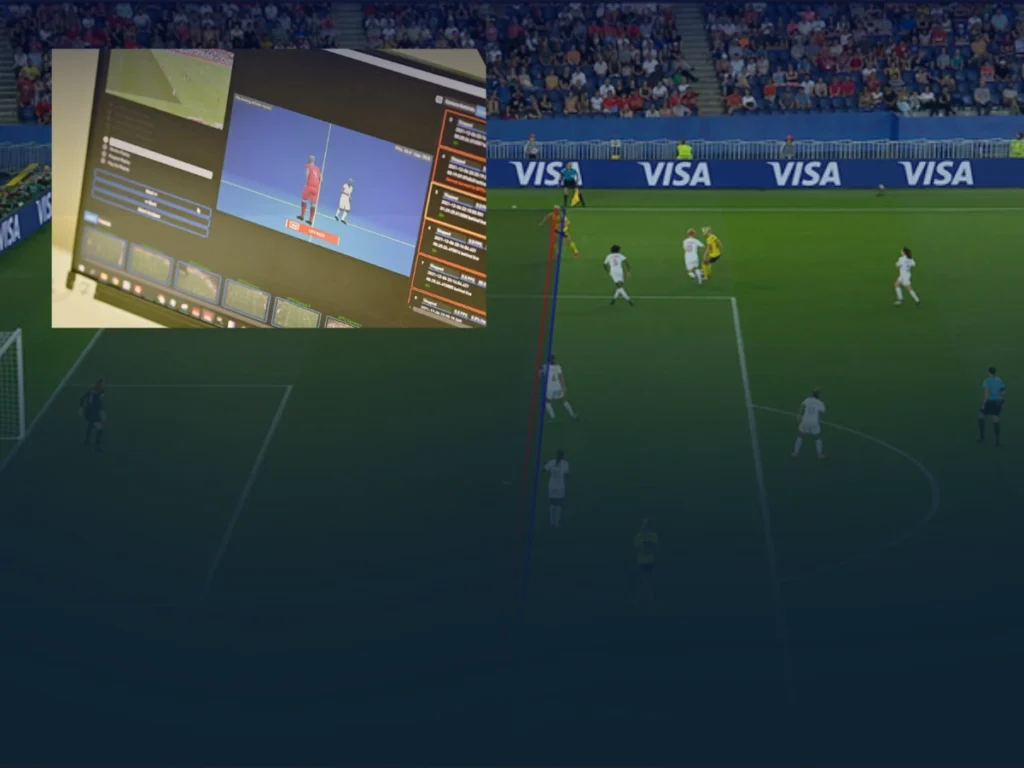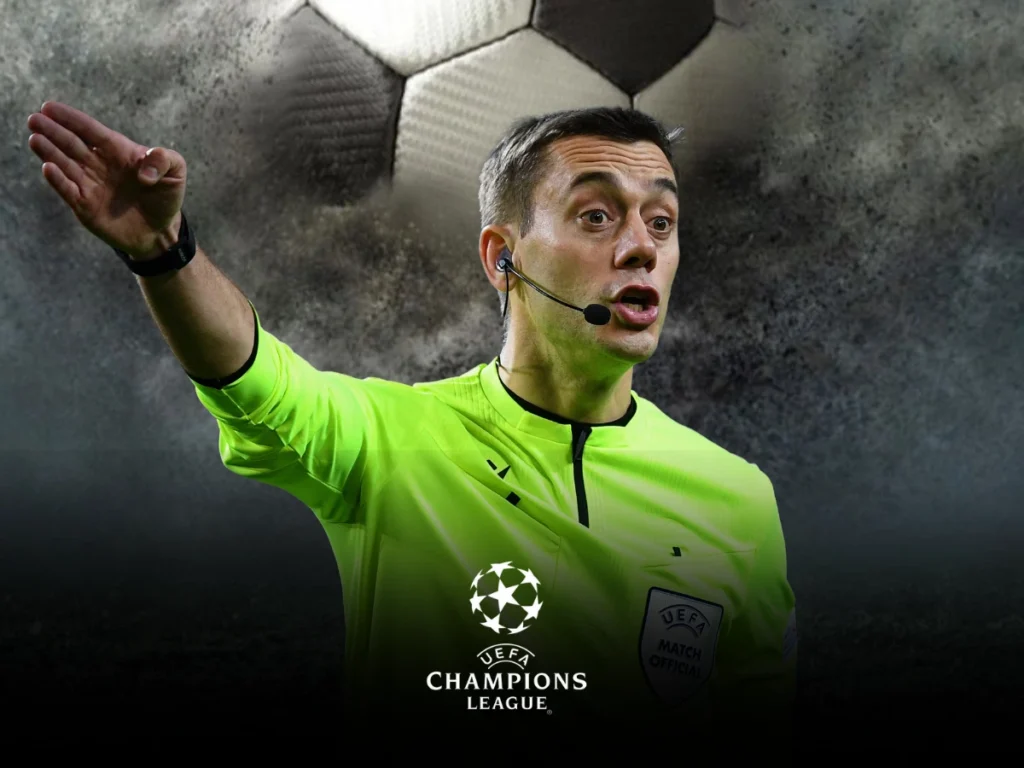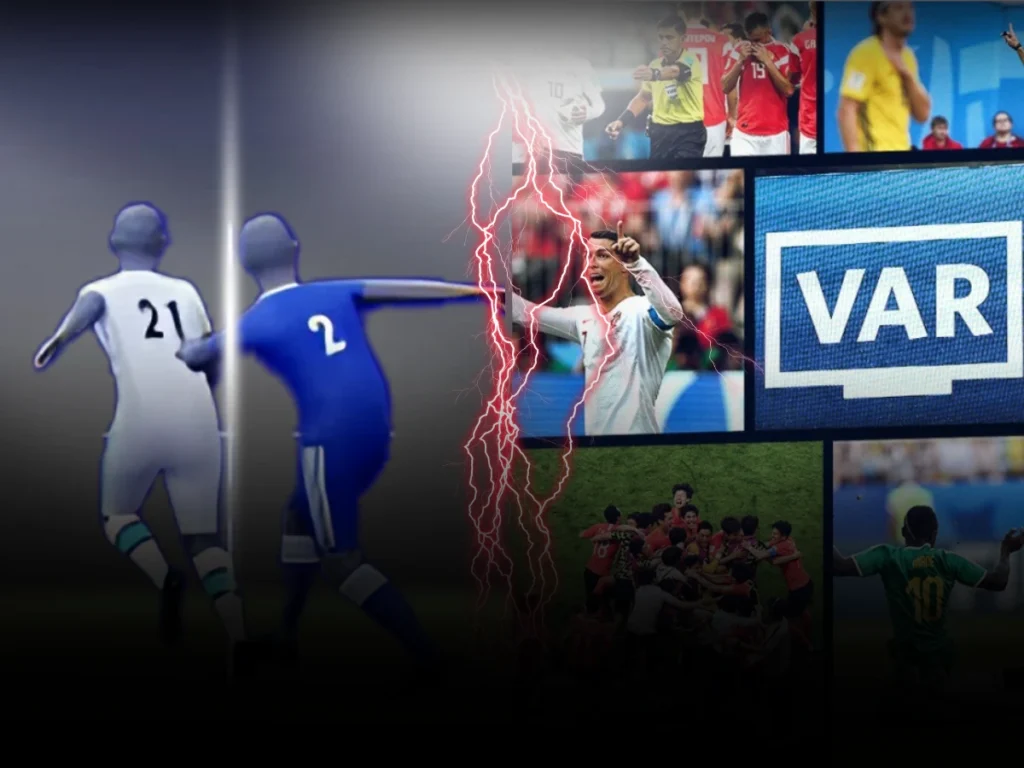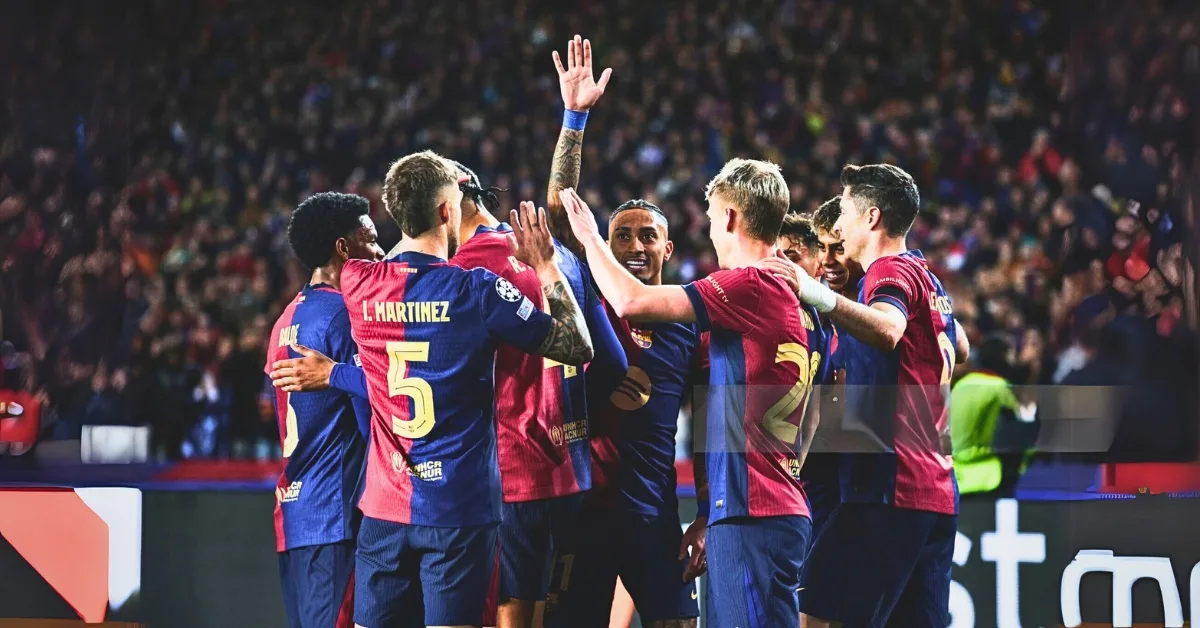Football has always embraced innovation, from goal-line technology to VAR. But nothing has changed the game quite like semi-automated offside technology. This cutting-edge system uses advanced AI and 3D animation to make offside decisions faster and more accurate. It’s reshaping how referees officiate matches and how fans experience the game. With its impact already felt in major tournaments, this technology is set to revolutionize football.
Curious about how it works? Want to know why top leagues like the Premier League and Champions League are adopting it? Or how much it costs to implement this high-tech system? Whether you’re a die-hard football fan or a curious researcher, this post will answer all your questions.
Stay with us as we explore the ins and outs of semi-automated offside technology. Discover its impact on the game, the challenges it faces, and what the future holds. This is more than just a technological shift—it’s a revolution in football.
What is FIFA Semi-Automated Offside Technology?

FIFA’s semi-automated offside technology uses cameras and AI to track players’ movements, checking 29 body points to spot offsides instantly. It creates 3D animations showing exact player and ball positions, sending alerts to video referees (VAR) for quick reviews. This cuts decision times and human errors, keeping games fair.
The tech has reduced debates over offside calls, boosting trust in referees. Players and fans see clearer rulings, letting matches flow smoothly. Used in top tournaments like the World Cup, it blends AI precision with human judgment for consistent results.
This innovation isn’t just about accuracy, it reshapes football’s future. By mixing tech with tradition, FIFA ensures fairness without losing the game’s excitement. It’s a win for players, referees, and fans alike.
Semi-Automated Offside Technology in the Premier League

The Premier League’s semi-automated offside technology (SAOT) is finally set to launch after overcoming delays. Clubs unanimously approved the system in April 2024, aiming to cut VAR delays by 30+ seconds. Initial plans to debut SAOT after the autumn 2024 international break were postponed due to technical testing, but trials began during the March 2025 FA Cup fifth round. Seven matches at Premier League stadiums used SAOT alongside live VAR announcements, giving fans real-time explanations of decisions. If successful, the league aims for full integration by late 2025, prioritizing faster, clearer rulings without altering the offside law.
Semi-Automated Offside Technology in the Champions League

UEFA brought semi-automated offside tech to the Champions League to keep games fair and fast. The system uses 12 tracking cameras and AI to map players’ positions in real time. Referees get instant alerts during close calls, slashing decision times and keeping matches flowing.
In high-pressure knockout stages, the tech has shaped key moments. Instant 3D visuals show players’ exact positions, turning complex rulings into easy-to-grasp replays. Fans and teams get clarity, cutting down on post-match arguments.
While some leagues waited, UEFA jumped in early, proving the tech’s value. Its success pushed competitions like Serie A to adopt similar systems, raising standards across European football.
The impact is clear: the tech has decided on tight calls that once sparked outrage. By ensuring accuracy, it protects the tournament’s drama and fairness. Players trust the process, and fans enjoy purer results.
As the system keeps evolving, it adds a new layer of excitement to the Champions League. Blending cutting-edge tools with football’s passion, it offers a clearer view of the sport’s finest details, without losing an ounce of its magic.
Semi-Automated Offside Technology Cost
Implementing semi-automated offside technology is not cheap. It requires advanced cameras, powerful software, and skilled technicians to operate the system. The cost of setting up this technology varies depending on the stadium’s size and infrastructure. On average, installing the necessary equipment can cost millions of dollars. This includes high-speed cameras, tracking systems, and servers to process data in real-time.
Several factors contribute to the overall cost. First, the hardware is expensive. High-definition cameras are needed to capture every angle on the field. These cameras are strategically placed around the stadium to ensure accurate tracking of player movements. Second, the software used to analyze the data is complex and requires constant updates. This ensures that the system remains accurate and reliable. Additionally, training referees and technicians to use the technology also adds to the cost.
The financial impact on clubs and leagues can be significant. For smaller clubs, the cost of installing and maintaining the system can be a burden. However, major leagues like the Premier League and the Champions League see it as a necessary investment. They believe that accurate decisions improve the game’s fairness and credibility, attracting more fans and sponsors. In the long run, this can increase revenue and help cover the costs.
Despite the high cost, the benefits of semi-automated offside technology are clear. It reduces human error, speeds up decision-making, and ensures fair play. For top leagues and clubs, the investment is worth it to maintain high standards of officiating. As technology continues to evolve, the cost may decrease, making it more accessible to smaller leagues around the world.
Who Invented Semi-Automated Offside Technology?
Semi-automated offside technology (SAOT) was developed through teamwork by FIFA, tech companies, and sports brands. It started as a project to fix slow and controversial offside calls in football. The idea grew from the need to make decisions faster and fairer than the older Video Assistant Referee (VAR) system.
History and Development
FIFA began testing SAOT in 2021 at events like the Arab Cup and Club World Cup. By the 2022 World Cup in Qatar, it was fully used, with a smart ball sensor and tracking cameras. This ball called *Al Rihla*, had a sensor made by Adidas and KINEXON, sending ball movement data 500 times per second. Cameras in stadiums tracked 29 body points on each player 50 times per second, helping computers decide offsides quickly.
Key Contributors
Major groups helped create SAOT. FIFA led the project, while Adidas designed the sensor-filled ball. KINEXON added motion-tracking tech, and Genius Sports provided camera systems for leagues like the Premier League. Universities like MIT and ETH Zurich also tested the tech to ensure accuracy.
Evolution From Traditional VAR
Before SAOT, VAR officials manually checked video replays, which took over a minute per decision. Mistakes happened because judging exact ball-contact moments or player positions was hard on 2D screens. SAOT fixed this by using AI to track players and the ball in real time, cutting decision times by 30+ seconds. Now, fans see 3D animations explaining calls, making the process clearer.
This tech is now used in top leagues like the Champions League and La Liga, with English football adopting it in the 2025 FA Cup. It shows how sports and technology can work together to keep games fair and exciting.
Advantages and Challenges of Semi-Automated Offside Technology

Benefits: Accuracy, Speed, and Consistency
Semi-automated offside technology (SAOT) makes football fairer. It uses smart sensors and cameras to track players and the ball. This helps referees make fast, correct offside calls. At the 2022 World Cup, SAOT cut decision times from 70 seconds to 25 seconds. Fans also see 3D animations of calls, which makes rulings easier to understand. Teams trust SAOT because it treats every match the same way.
Challenges: Cost, Tech Limits, and Fan Doubts
SAOT is expensive. Smaller leagues struggle to afford the special balls and camera systems. Bad weather or crowded stadiums can also mess up the sensors. Some fans miss the drama of human referees. They worry technology takes away the game’s excitement. Others argue that SAOT isn’t perfect yet. For example, it still needs humans to confirm tricky calls.
Future Improvements
SAOT will keep getting better. Engineers want to make sensors smaller and cheaper. They’re teaching AI to spot offsides faster. Leagues might add more cameras or use mobile systems for smaller stadiums. Fans could get live 3D replays on their phones one day. FIFA plans to test SAOT in more tournaments to build trust. With time, this tech could become as common as goal-line cameras.
SAOT shows how sports use technology to solve old problems. While challenges remain, its benefits are changing football for players, referees, and fans.
Impact on the Future of Football
Semi-automated offside technology (SAOT) is changing football by making games fairer and faster. It uses smart sensors in balls and cameras to track players, helping referees make quick offside calls. This tech was first used at the 2022 World Cup and is now in leagues like the Champions League and La Liga. Fans see 3D animations of decisions, which makes rulings clearer and builds trust in the sport. Leagues like the Premier League plan to use SAOT soon, cutting decision times by 30+ seconds. This shows how technology is making football more exciting and reliable for everyone.
Expanding to Other Officiating Areas
SAOT’s success could lead to tech helping with other tricky calls, like handballs or fouls. For example, wearable devices and AI might track player movements to spot diving or dangerous tackles. Some leagues already test live VAR announcements to explain decisions to fans in stadiums. Future tools might use smart balls to detect if a goal was scored or if the ball crossed the line during corners. These changes could reduce human errors and keep games flowing smoothly.
Changing Rules and Strategies
As SAOT becomes normal, teams might adjust how they play. Faster offside calls could encourage defenders to push higher up the field, knowing tech will catch attackers who stray offside. Coaches might also use player-tracking data to train smarter, focusing on speed and positioning. Over time, football rules could evolve to rely more on tech. For example, leagues might update offside rules to match what SAOT can detect, like measuring precise body parts. This mix of tradition and innovation keeps football fair while embracing progress.
SAOT is just the start. With better sensors and AI, football could see even bigger changes, like instant replays for fans or robots assisting referees. The goal is clear use technology to make the beautiful game fair, fast, and fun for all.
Tradition Meets Tech in Football’s New Era
Semi-automated offside technology (SAOT) has made football fairer and faster. It cuts delays, reduces errors, and uses 3D visuals to explain calls. Big leagues and the 2022 World Cup proved it works. But some fans miss heated debates over referee decisions. They fear tech could erase the game’s human drama.
The future will see SAOT improve with cheaper sensors and smarter AI. It might tackle handballs or diving next. Football must balance innovation with tradition. using tech to help referees without losing the sport’s raw excitement. The goal? Keep the game fair, fast, and full of passion.
People also ask
- What is semi-automated offside?
- A technology using AI and limb-tracking to detect offsides quickly.
- What happened to semi-automated offside?
- It was introduced in major tournaments but not widely adopted in all leagues.
- How accurate is semi-automated offside technology?
- It is highly accurate, reducing human errors and speeding up decisions.
- How does AI offside work?
- It tracks player movements with sensors and cameras to detect offsides.
- What is a semi-automated machine?
- A machine that requires some human input but operates partially on its own.
- Which leagues use semi-automated offsides?
- The UEFA Champions League, FIFA tournaments, Serie A, and Premier League.
- Is AI used in VAR?
- Yes, AI assists referees in decision-making, including offsides.
- What is the new offside rule in 2024-2025?
- A proposed rule favors attackers by requiring a clear gap for offside calls.











